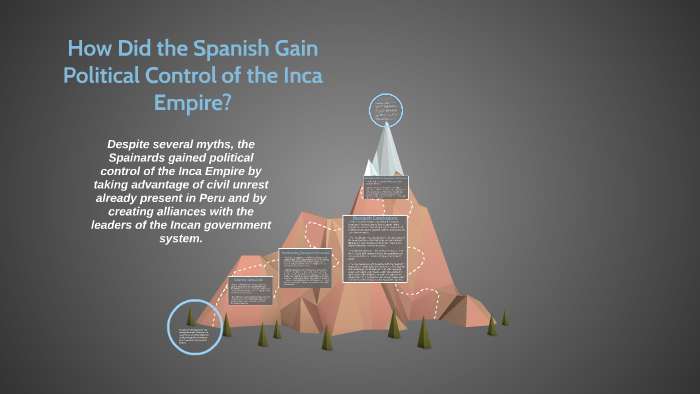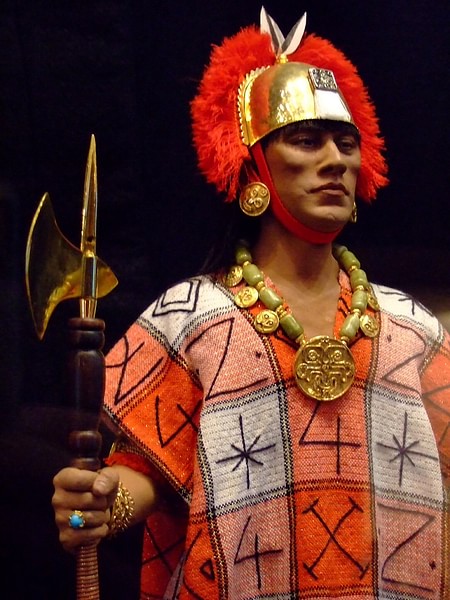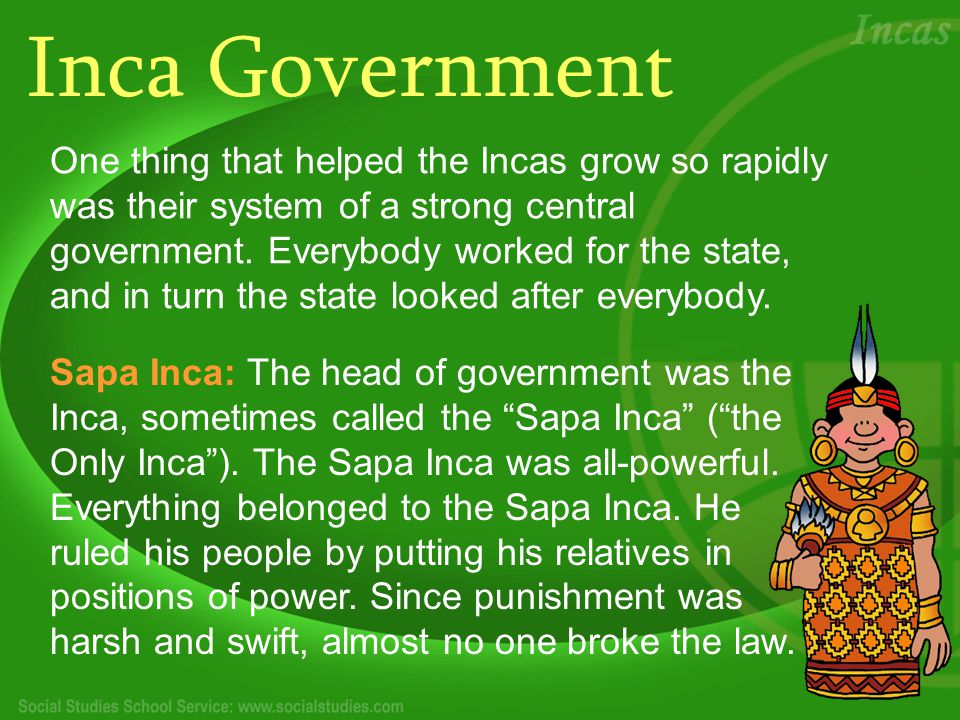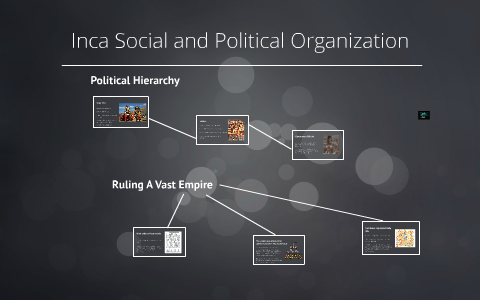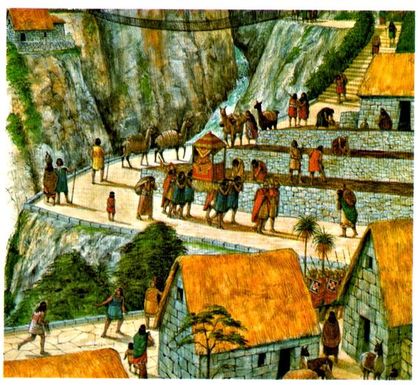The Inca government system was a highly organized and efficient bureaucracy that oversaw the administration of the vast Inca Empire, which stretched across much of modern-day Peru, Ecuador, Bolivia, and Chile. At the head of the government was the Sapa Inca, the supreme ruler of the empire, who was believed to be a divine figure and the son of the sun god Inti. The Sapa Inca was advised by a council of nobles and priests, and he also had a number of officials who helped him govern the empire.
One of the key features of the Inca government was its highly centralized nature. All decisions were made by the Sapa Inca and his council, and orders were carried out by a hierarchy of officials who oversaw different aspects of the empire. For example, there were officials responsible for collecting taxes, managing the empire's vast system of roads and bridges, and organizing the labor of the empire's subjects.
The Inca government also had a strong focus on order and discipline. It was believed that the Sapa Inca was chosen by the gods to rule the empire, and so his rule was absolute. Anyone who opposed him or his government faced severe punishment, including death. This helped to ensure that the Inca Empire was a stable and well-ordered society.
One of the key ways that the Inca government maintained its control over the empire was through its system of roads and bridges. The Inca Empire had an extensive network of roads that crisscrossed the Andes Mountains and connected all parts of the empire. These roads were used to transport goods, people, and messages throughout the empire, and they also served as a way for the government to keep in contact with its subjects.
Another important aspect of the Inca government was its system of tribute, which was a form of taxation. The Inca government collected tribute from the subjects of the empire in the form of goods, such as textiles, food, and other resources. This tribute was used to support the government, the military, and the aristocracy, and it was also used to fund public works projects, such as the construction of roads and temples.
In summary, the Inca government was a highly centralized and efficient bureaucracy that was able to effectively administer the vast Inca Empire. Its system of roads, tribute, and strict discipline helped to maintain order and stability throughout the empire, and it played a key role in the development and prosperity of the Inca civilization.
